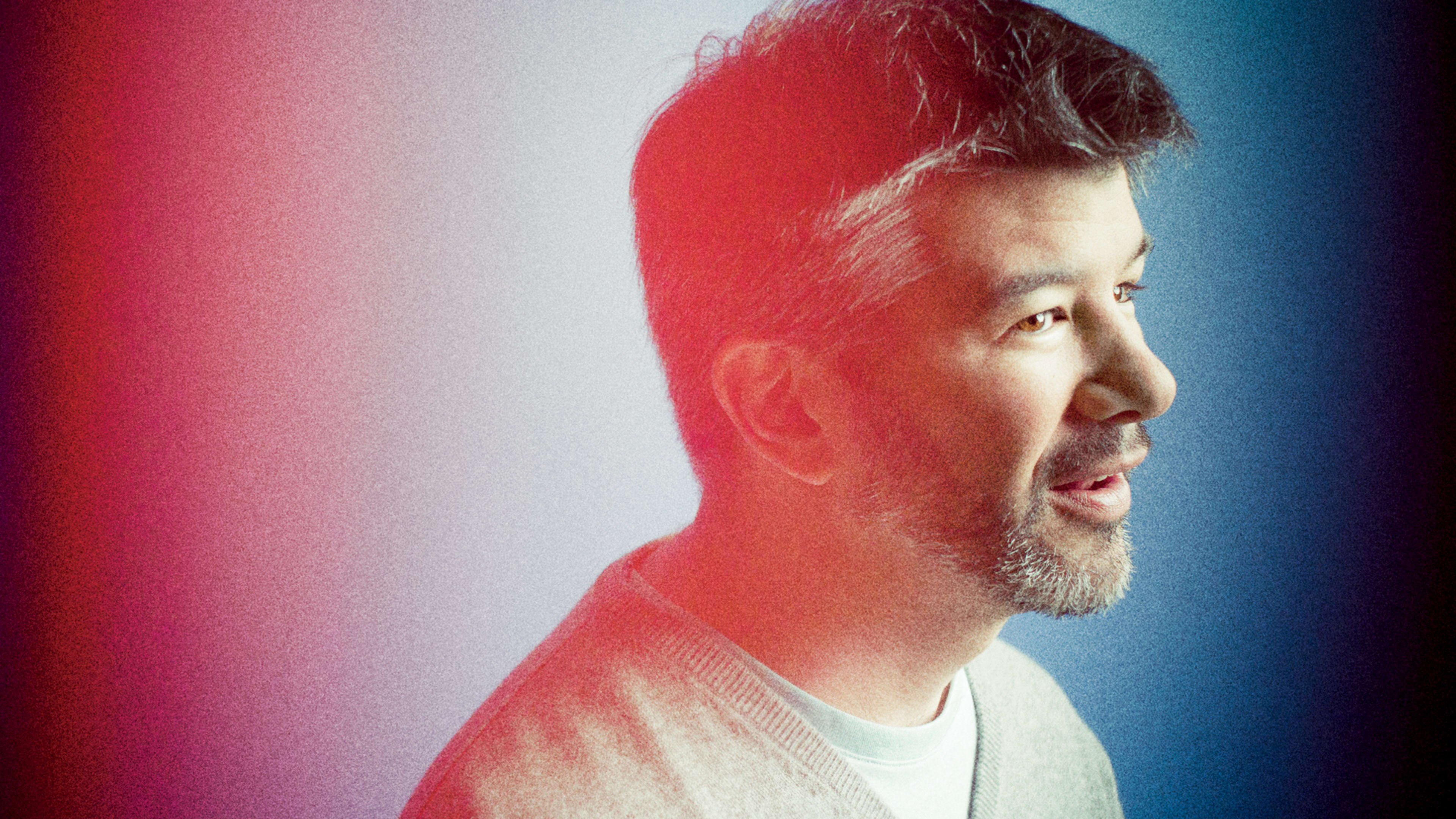Jordan Kretchmer remembers what Travis Kalanick was like before Uber was Uber.
Kretchmer was a 25-year-old college dropout with a lot of ideas, and Kalanick had even more. He was in his early thirties, an engineer who talked like a sales guy, smart as hell and high on life. He wore a cowboy hat and referred to himself as the Wolf, after the cold-blooded, coolly rational fixer played by Harvey Keitel in Pulp Fiction. He was tireless—always on the move, always thirsty.
They met in 2009 at South by Southwest and bonded at an all-night “jam session” about the future of the Internet. That night in Austin was a sort of satellite version of the ’round-the-clock ideas salon Kalanick routinely held at his three-bedroom house in San Francisco. These gatherings were full of young people like Kretchmer who had come up through the wreckage of the first dotcom bust, before jobs in tech were thrown around like free T-shirts at a launch party, before venture capitalists regularly talked about startups as if they were mythical creatures. They were entrepreneurs who knew about hustle, who saw opportunity even in the muck of a desperate economy and were going to take advantage. This is what drew them to Kalanick, and vice versa.
Although Kalanick had been a startup guy since high school, he was a grinder, not a mogul. He had made enough on his last one, RedSwoosh, to buy a house and do a bit of angel investing. Uber, the on-demand transportation app that he cofounded with Garrett Camp in 2009, was still more or less a toy, a personal limo service for the founders and their friends in San Francisco. When Camp, who’d bought back his old company StumbleUpon at about the same time, asked Kalanick to run Uber full-time, Kalanick said no. Uber was “supercrazy freakin’ small,” Kalanick tells me when we meet in July, the first time he had given an in-depth interview this year. “I was not ready to get in the game and give 100% or 150%,” he says.
Recognize your brand’s excellence by applying to this year’s Brands That Matter Awards before the early-rate deadline, May 3.
